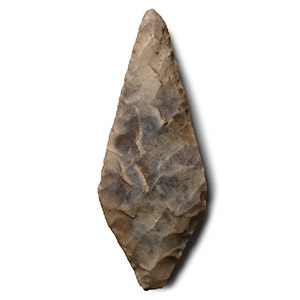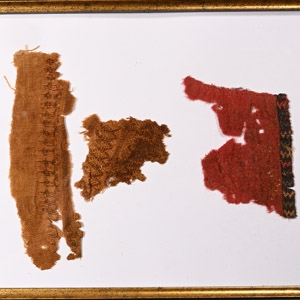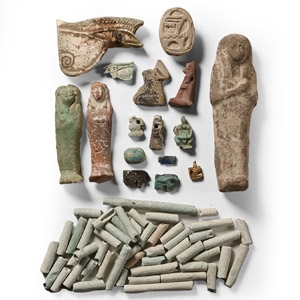Home > Auctions > 26 November - 1 December 2024
Ancient Art, Antiquities, Natural History & Coins
Acquired before 1979.
From the private collection of Mr F.A., South Kensington, London, UK; thence by descent 2014.
Cf. similar specimens in faience at the Worcester Art Museum, inventory no.1925.539.
For thousands of years, artisans in Egypt created vibrant ceramics to echo the beauty of rare jewels. These ornaments were created with almost every material, colour, and texture imaginable and they come from across Egypt and beyond: vibrant blue lapis lazuli from Afghanistan, glossy black obsidian from Turkey, and aqua-green turquoise from the Sinai. They were worn in life and, after death, they served as precious ornamentation for mummies.
Acquired before 1979.
From the private collection of Mr F.A., South Kensington, London, UK; thence by descent 2014.
Cf. similar specimens in faience at the Worcester Art Museum, inventory no.1925.539.
For thousands of years, artisans in Egypt created vibrant ceramics to echo the beauty of rare jewels. These ornaments were created with almost every material, colour, and texture imaginable and they come from across Egypt and beyond: vibrant blue lapis lazuli from Afghanistan, glossy black obsidian from Turkey, and aqua-green turquoise from the Sinai. They were worn in life and, after death, they served as precious ornamentation for mummies.
From an early 20th century collection.
Cf. Andrews, C., Amulets of Ancient Egypt, London, 1994, pp.62-3.
Small fly amulets first appeared in burials during the Naqada II Period, c. 3200 B.C. These amulets grew in popularity and the materials used to make them expanded during the New Kingdom. They are crafted from a variety of materials such as gold, silver, lapis lazuli, carnelian, amethyst, faience, and bone. These amulets were thought to protect against insect bites and to ward off troublesome flying creatures through apotropaic magic. Some believe they may have even been intended to symbolise the fly’s fecundity. Additionally, pharaohs would bestow gold fly-shaped pendants as military awards to honour the bravery and fly-like persistence of soldiers in battle.
From an early 20th century collection.
Cf. Andrews, C., Ancient Egyptian Jewellery, London, 1990, p.116, no.96k, for the style.
From a collection acquired on the UK art market from various auction houses and collections mostly before 2000.
From an important Cambridgeshire estate; thence by descent.
From the collection of Mr S.M., London, UK, formed from 1979-1999.
From an early 20th century collection.
Amulets in the form of poppies were used to heal and alleviate pain and to ward off death. These types of amulets were also linked to Osiris, the Egyptian deity of agriculture, death, and the afterlife.
From the private collection of H. Norry, 1980s-1990s.
From the collection of a gentleman, acquired on the London art market in the 1990s.
From the private collection of H. Norry, 1980s-1990s.
From the private collection of H. Norry, 1980s-1990s.
Acquired on the UK art market before 2000.
Property of an Essex, UK, gentleman.
313 - 324 of 3419 LOTS



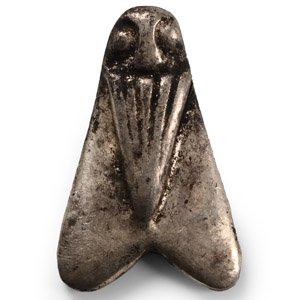
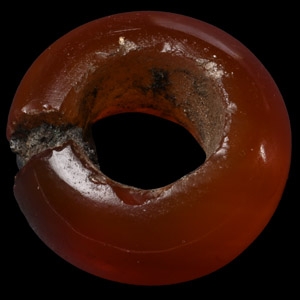
.jpg)
